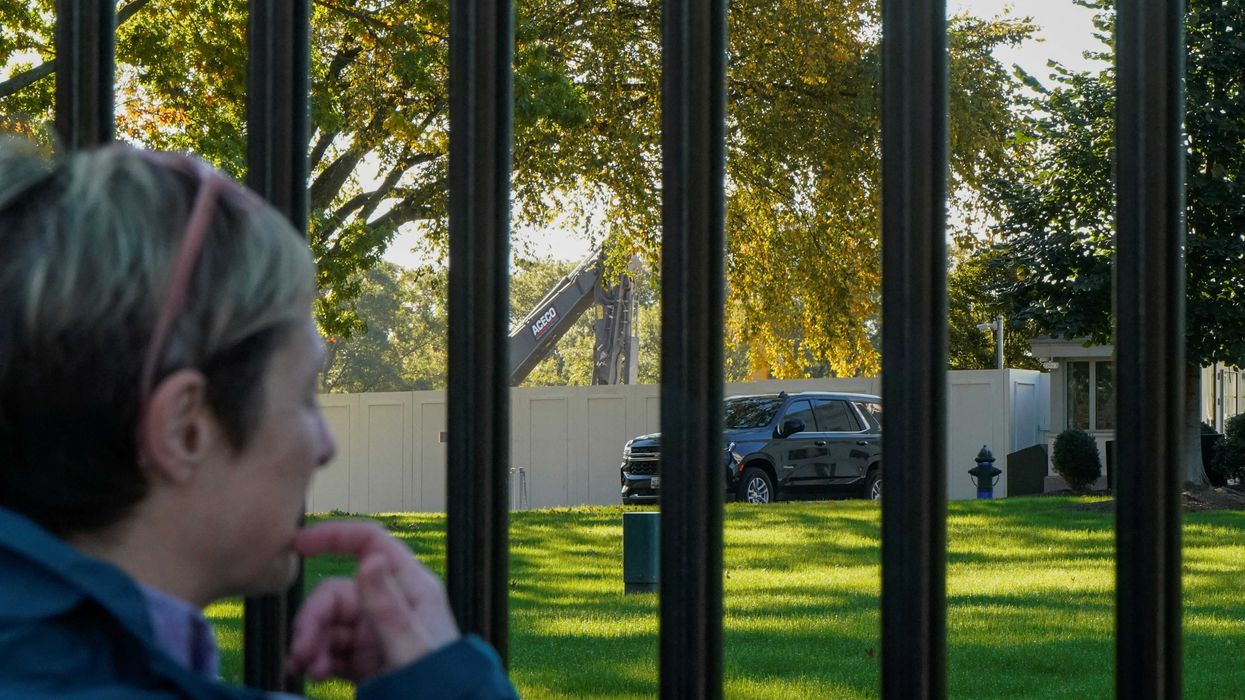Adam Gopnik tells the New Yorker that Trump destroying the White House is a performance display broadcasting his unbroken power over the presidency.
“After months marked by corruption, violence, and the open perversion of law, to gasp in outrage at the loss of a few tons of masonry and mortar might seem oddly misjudged,” said Gopnik. “And yet it isn’t. We are creatures of symbols, and our architecture tells us who we are.”
A nation writes its history in books, but its buildings is a kind of enduring book itself. The Eiffel Tower is an expression of a nation’s history, as is the Lincoln Memorial. The White House’s East Wing, however, was a place of accomplishment. Franklin Roosevelt created room for staff and military protection. Eleanor Roosevelt hosted women journalists. It was there that Jacqueline Kennedy presided founded the White House Historical Association. Rosalynn Carter established an office there and used it for a host of benevolent endeavors, including mental health advocacy and humanitarian work, including helping pass the Mental Health Systems Act of 1980 and global human rights initiatives.
“All of that is now gone,” said Gopnik. “The act of destruction is precisely the point: a kind of performance piece meant to display Trump’s arbitrary power over the Presidency, including its physical seat. He asks permission of no one, destroys what he wants, when he wants. As many have noted, one of Trump’s earliest public acts, having promised the Metropolitan Museum of Art the beautiful limestone reliefs from the façade of the old Bonwit Teller building, was to jackhammer them to dust in a fit of impatience.”
Trump apologists argue that Jimmy Carter installed solar panels and Barack Obama put in a basketball court, but that’s “mismatched matching,” said Gopnik.
“[These] … earlier alterations were made incrementally, and only after much deliberation,” Gopnik said. “When Harry Truman added a not very grand balcony to the Executive Residence, the move was controversial, but the construction was overseen by a bipartisan commission. By contrast, [Trump’s] project — bankrolled by Big Tech firms and crypto moguls — is one of excess and self-advertisement. The difference between the Truman balcony and the Trump ballroom is all the difference in the world. It is a difference of process and procedure — two words so essential to the rule of law and equality, yet doomed always to seem feeble beside the orgiastic showcase of power.”
Architecture embodies values, argued Gopnik.
“The shock that images of the destruction provoke — the grief so many have felt — is not an overreaction to the loss of a beloved building. It is a recognition of something deeper: the central values of democracy being demolished before our eyes. Now we do not only sense it. We see it,” Gopnik said.
Read the New Yorker report at this link.


